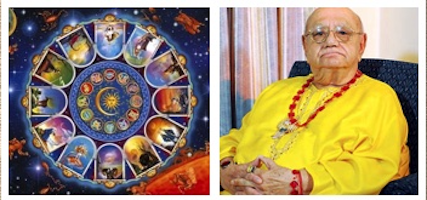
A giant impact could have formed the Moon more rapidly within hours, scientists have revealed, opening up a whole new range of possible starting places for the Moon’s evolution. The Moon is thought to have formed following a collision 4.5 billion years ago between the young Earth and a Mars-sized object, called Theia. Most theories create the Moon by gradual accumulation of the debris from this impact. However, this has been challenged by measurements of lunar rocks showing their composition is like that of Earth’s mantle, while the impact produces debris that comes mostly from Theia. Scientists from Durham University’s Institute for Computational Cosmology in the UK used the most detailed supercomputer simulations yet to reveal an alternative explanation for the Moon’s origin, with a giant impact immediately placing a Moon-like body into orbit around Earth.
The research team included scientists at NASA Ames Research Centre and the University of Glasgow, UK, and their simulation findings have been published in the Astrophysical Journal Letters.
“We went into this project not knowing exactly what the outcomes of these very high-resolution simulations would be. So, on top of the big eye-opener that standard resolutions can give you wrong answers, it was extra exciting that the new results could include a tantalisingly Moon-like satellite in orbit,” said Jacob Kegerreis, lead researcher of the study.





Be the first to comment